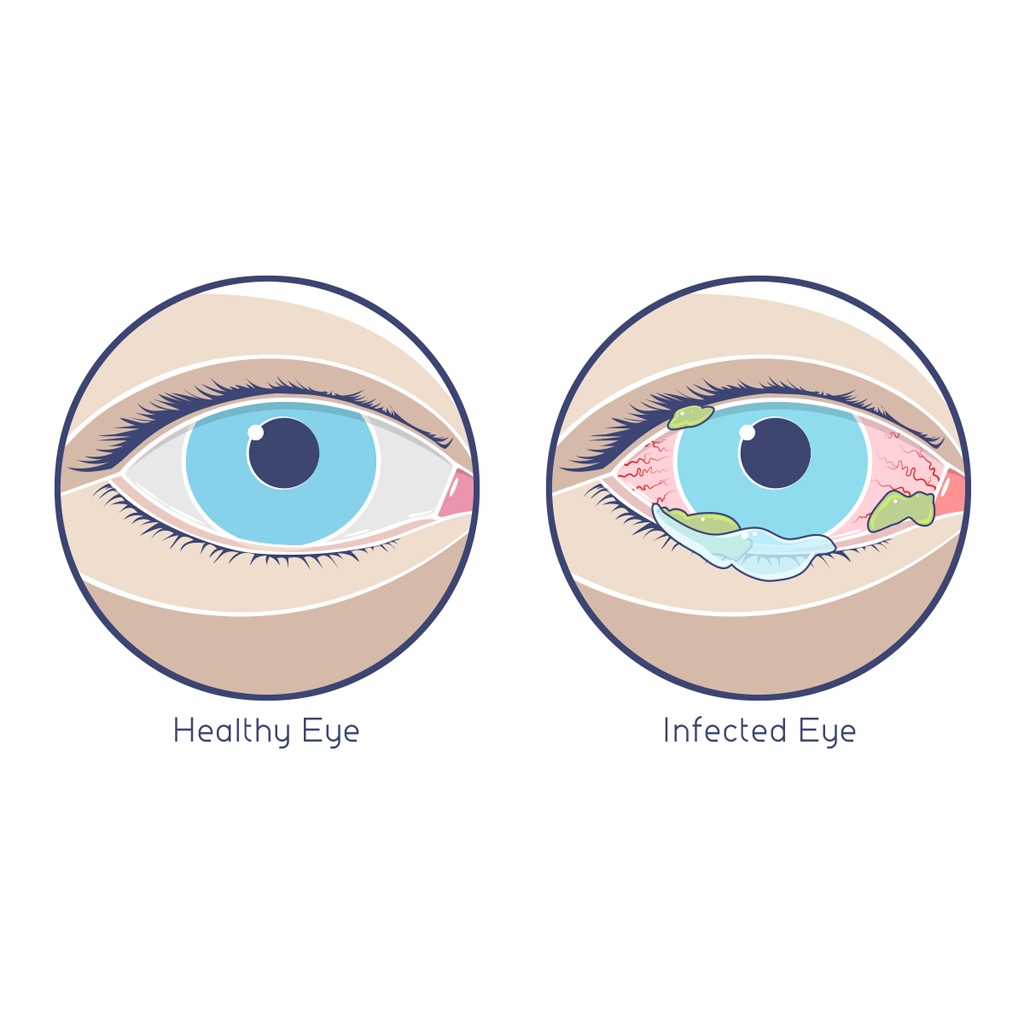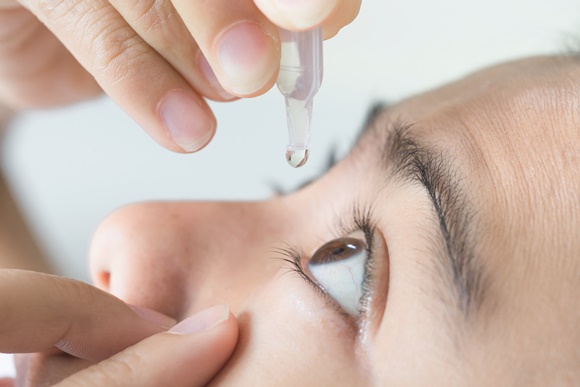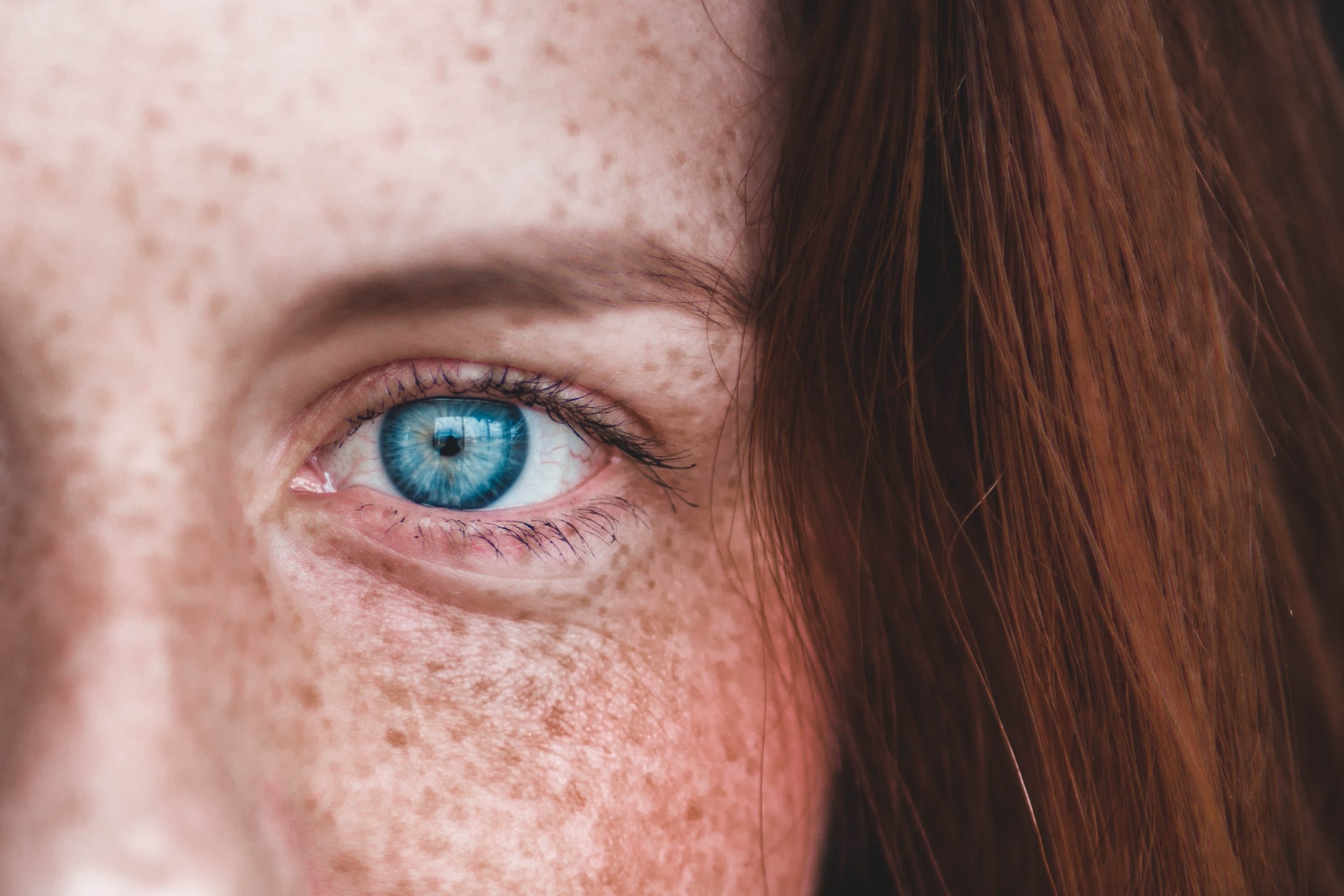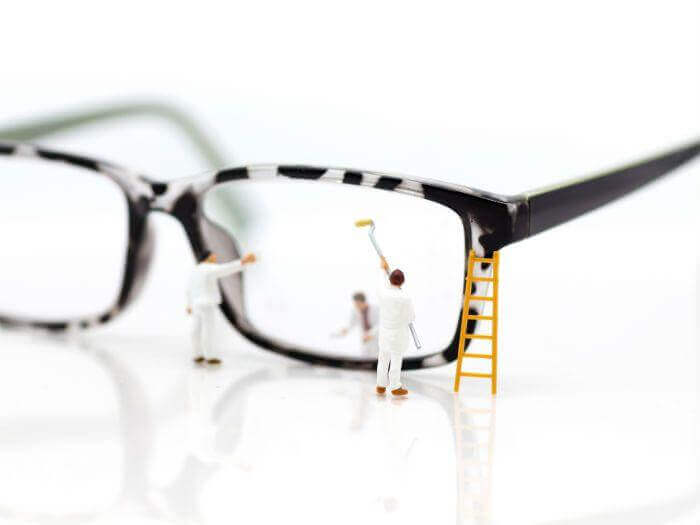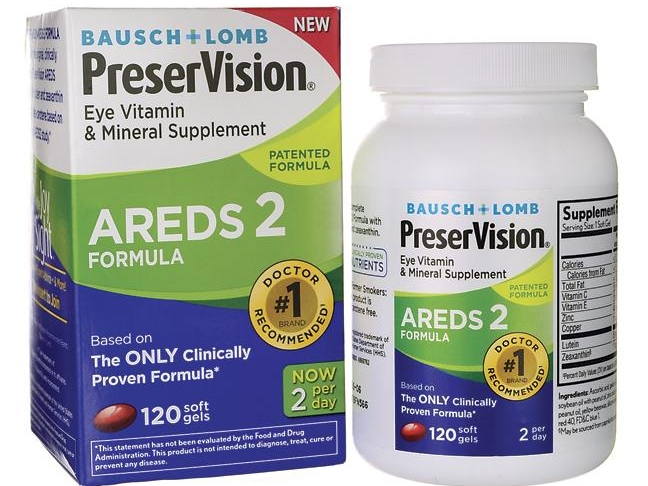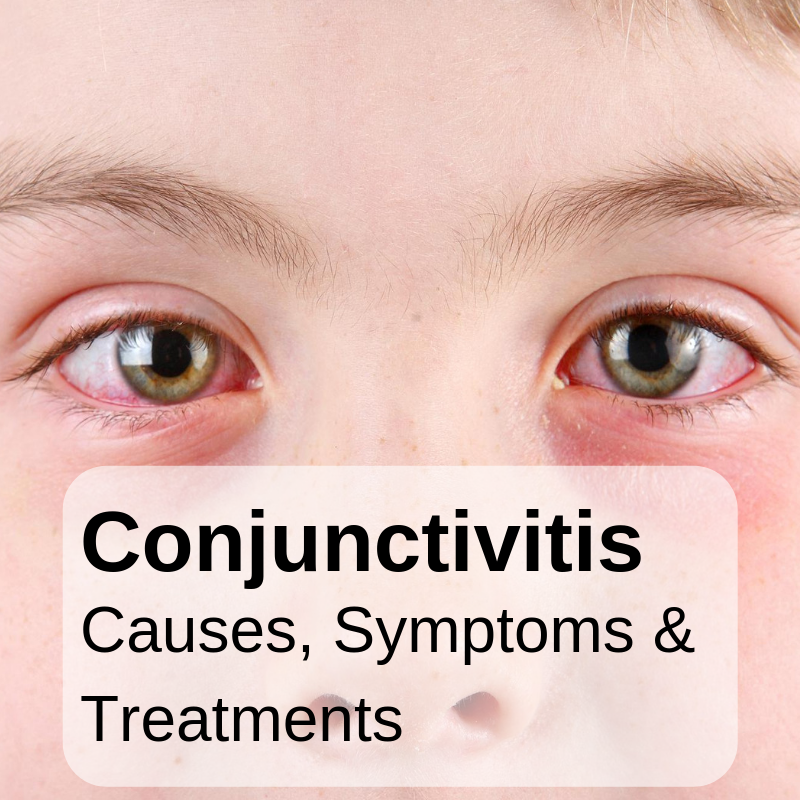3 Types of Pink Eye and Treatment For Them
/Pink eye, which is also known as conjunctivitis, is a relatively common eye condition which can cause painful, red, and itchy eyes. Although most of you have probably heard of pink eye before, did you know that there are multiple different types of pink eye?
Each type of pink eye can have different symptoms and takes a different time to clear up. Treatment varies too, so determining which type you have can be imperative to how quickly you help it recover. This article looks at the three main types of pink eye and a treatment for each.
How a normal eye should look like vs. how an infected eye looks like
Allergic
The first type of pink eye is also the least severe, and is brought on by allergies. Common allergens which can cause pink eye include but are not limited to grass, dust, mold, pollen, and even animal dander. This type of pink eye can make you want to constantly scratch your eyes because they’re itch and red, but you should avoid doing so if possible. The silver lining to an allergic pink eye is that because it’s brought on by allergies, it isn’t contagious to others.
Viral
A viral pink eye is brought on by viruses, as its name might suggest. It’s also the most common type of red eye in adults, and the culprit is usually an infection which can spread from the nose to the eyes. All it takes is one sneeze or a simple cough to transfer it to your eyes, and suddenly you’ve got a seriously itch pink eye on your hands.
The two most common types of viruses which cause pink eye are Adenovirus and Herpes virus. The former one is responsible for viral eye infections in over 90% of the cases, but the latter one is a lot more dangerous.
Viral pink eyes can clear up in just a couple of days, but most take up to two weeks. Pink eyes brought on by viruses are contagious, so you should avoid people as much as possible until it clears up. Medications which decrease redness and make itchiness subside are available, but you have to ask your doctor for a prescription. Naturally, like most common colds, you can’t simply eradicate a viral eye infection and you have to let it run its course.
Bacterial
This last type of pink eye is caused by bacteria, and how long it lasts depends greatly on whether you seek treatment or not. With proper treatment it can subside in as little as a day or two, otherwise you’re going to have to wait up to 10 days. This is the most common type of pink eye in children and is rare in adults.
Usually, bacterial pink eye occurs when you share personal hygiene products with other people, touch your eye with dirty hands, or use old makeup and makeup brushes. An optometrist can quickly diagnose whether you’re dealing with a viral or a bacterial eye infection, so if you have a red eye on your hands, visit Midtown Optometry in Santa Cruz, and we’ll be more than glad to help you out.
Antibiotics help with bacterial infections but not with viral ones, so you need to know what you have before you initiate any sort of treatment.
Common pink eye symptoms
If you’re displaying pink eye symptoms, you’re still considered to be contagious. As we already said, the only type of pink eye which isn’t contagious is the one caused by allergies. That being said, here are some common symptoms to look out for:
- Tearing up
- Red/ink discoloration in the whites of the eye
- Burning sensation
- Discharge from the eye
- Constant irritation
Many schools and workplaces will ask you not to return until your symptoms have cleared up, so if you’re dealing with a pink eye, take a rest for a couple of days at home and avoid too many social interactions.
A doctor can prescribe antibiotic/antiviral props if the infection is severe
Treatment for pink eye
Treatment depends largely on what type of conjunctivitis you’re dealing with. Mild cases will usually clear up on their own with no intervention, and this can take a few days to a week (up to 10 days). While you’re waiting for the pink eye to clear up, you can help speed up the process with:
- Eye drops (antihistamine)
- Artificial tears for moisture
- Cold/hot compresses for the swelling
To prevent another pink eye you should also:
- Clean all your eyewear
- Throw out any old/used makeup
- Throw out disposable contact lenses
- Stop wearing makeup
- Stop wearing contact lens
The last two points are valid only for the duration of the pink eye. Afterwards, you can continue wearing makeup and contact lenses. If your pink eye is persistent and severe, you may have to see a doctor who will possibly recommend:
- Antibiotic eye drops
- Antiviral medications
If there’s anything else you need help with feel free to visit us at Midtown Optometry in Santa Cruz, or even give us a call. Remember, a pink eye is not something you want to take lightly and ignore.

